Introduction
Apogee IT Services (AITS) was working with an existing nonprofit client in the healthcare field who was looking to streamline their costs to fall into their operational budget, rather than maintaining a large yearly capital budget.
Background
A medium sized organization in the healthcare field was very quickly approaching the end of life of their networking equipment. Given recent capital budget cuts, it was determined that the best course of action would be to engage with vCIO services, in addition to the services being provided by their Business Relationship Manager (BRM), to evaluate options and determine the best course of action.
Options Being Considered
Two main options were considered in order to facilitate the upgrades that were required:
- On premise solution revolving around the purchase of two (2) new physical servers – one for email (Exchange Server) and one for data (both file and applications).
- Fully hosted solution, utilizing infrastructure in the Microsoft Azure and O365
Proposed Solution
After careful consideration, a modified version of the second option was selected. Based on a 3 year and 5 year projected ROI, there was minimal additional expenditures (less than 5% by the end of the 5 year period) by going with this option.
The organization would utilize a dedicated computing environment for their files server and database servers setup in Azure, and move their email to Office 365 E3 licensing with an AITS hosted backup solution. A small file server was to be kept onsite to store pictures and music.
There were two major challenges being faced:
- Outdated custom LOB applications
- Fiber based internet was not available at their head office
AITS arranged for their BRM team, with their professional services team, to reach out to all of the application vendors and determine the best course of action to bring applications to current version, along with sources of new Internet solutions to provide better overall speeds.
The LOB application vendors and the internet service providers quoted directly to the client and were going to bill the client directly. All proposals were reviewed by the vCIO to ensure completeness of the proposed solutions and confirm any technical specifications that required review. The contracts themselves were not a part of the review.
Seeing as both of these items would have been up for consideration regardless of which option was selected, they did not impact the decision for the direction for the overall project.
The application update could occur without any issue once newer operating systems were available.
The internet service would still pose an issue as only wireless internet service with very high latency was available for the speeds that the client requested. In order to prevent database corruption and reducing the chances of data loss, it was determined that moving the computing off their desktops and into a Remote Desktop based environment would be ideal.
This final change to the solution also helped reduce the total cost of ownership of their overall computing environment as the end user computers could be replaced with much less expensive thin client technology. The savings at the end user hardware costs was found to be greater than the additional expense for moving to a hosted environment over the 5-year period used for the ROI projection.
Evolution of a Contract
Since moving to a hosted environment, the client has had a long period of stability and consistency.
The “pay per user” fee model has greatly stabilized their IT spending.
The agility of the new setup in the Azure with Office 365 has allowed the client to grow, while keeping their operational costs in check. If new users are hired, the users can very easily be added to the new system simply by filling out a new user form.
If additional server resources are required, the additional monthly charges are authorized by the client and added to their monthly invoice through a very simple process.
Lastly, the costs of maintaining the system have also become simplified as all users are working within the same back-end framework. By use of redundant Remote Desktop servers, users can be failed over to one server while maintenance is conducted on the other server, reducing down time and providing more protection from outages.
By using Remote Desktop and thin clients, sensitive medical data is also protected from being copied out of the hosted environment. Further to the protection that prevents copying of data, Office 365 E3 allows for the configuration of Data Leakage Protection, making it more difficult to transmit protected information to third party email addresses for personal use.
Concluding Statement
Through the experiences of the AITS team, the client was able to achieve a better overall ROI, lower their TCO and increase the safety and security of their computing environment, all while improving the end user experience.
The ability to budget more accurately and with fewer surprises from an IT spending perspective has given the CFO at the client a greater peace of mind knowing that they are setup in an agile enough environment that IT challenges can be addressed quickly and efficiently.
The volume of tickets has also reduced significantly due to consistency of the environment. This has increased staff productivity and confidence in the system and has had additional cost savings benefits.




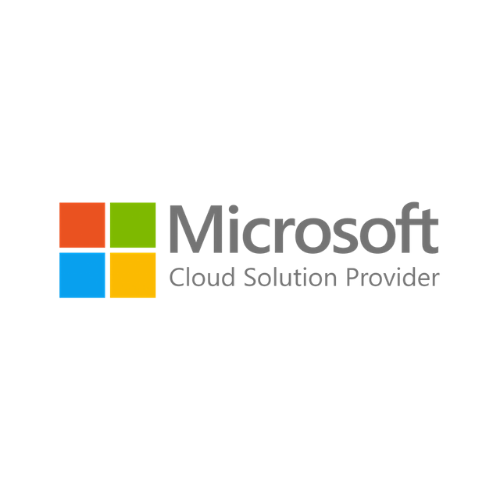
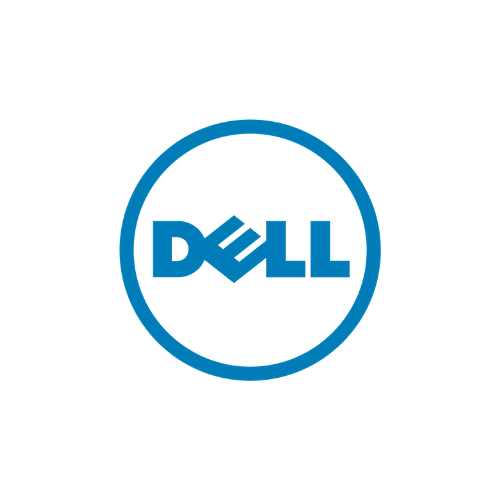
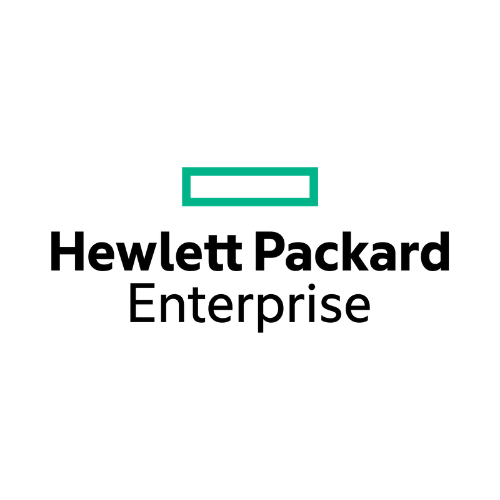
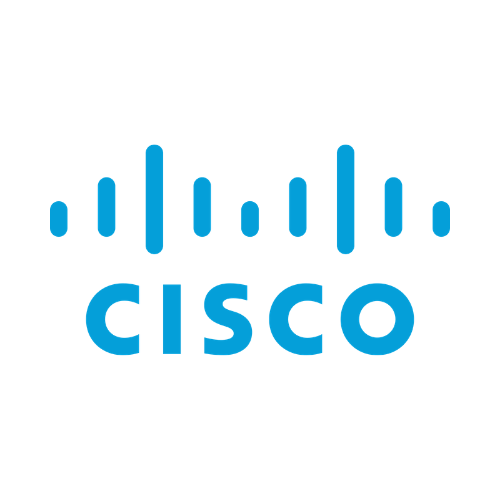
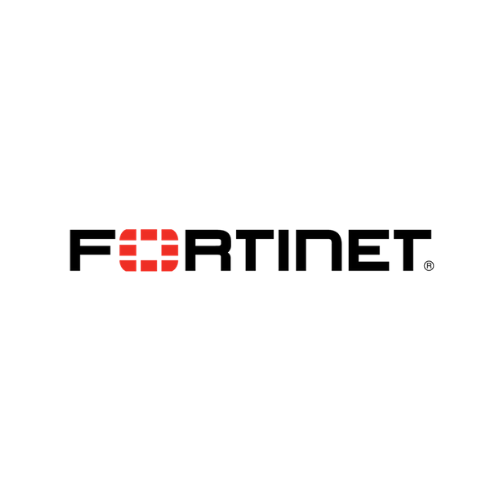

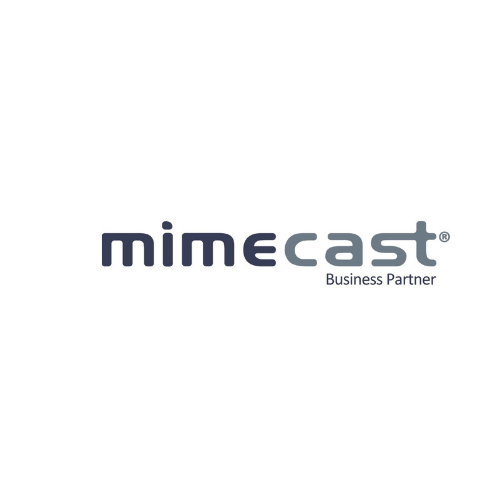
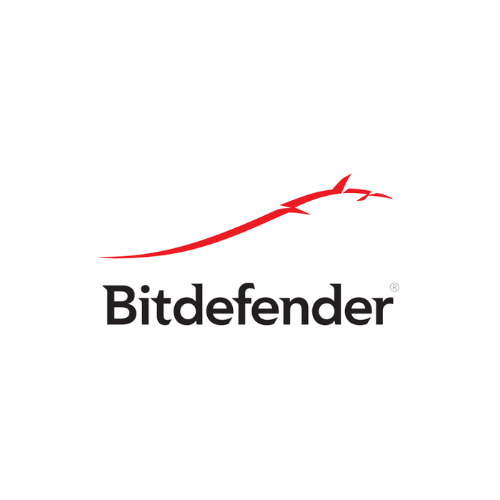
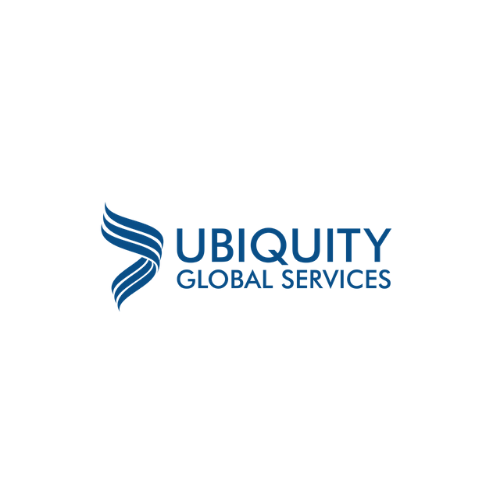

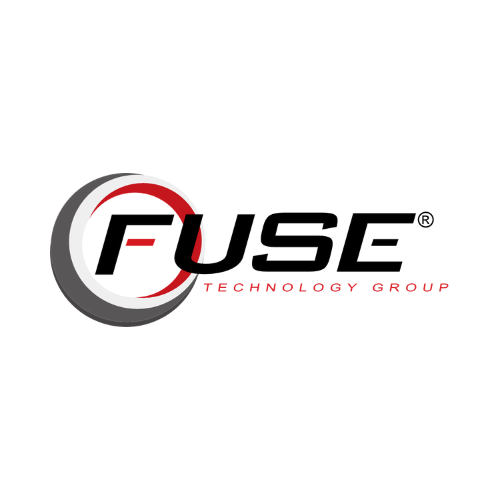
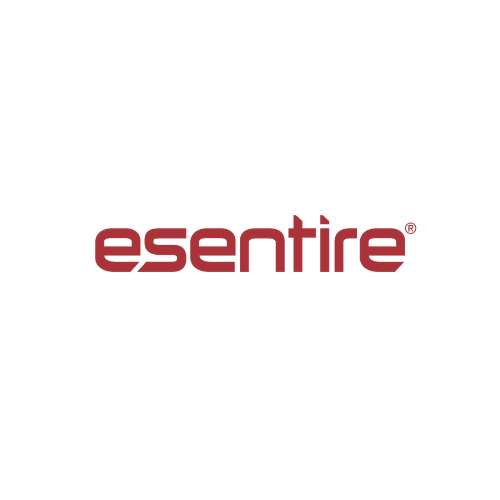
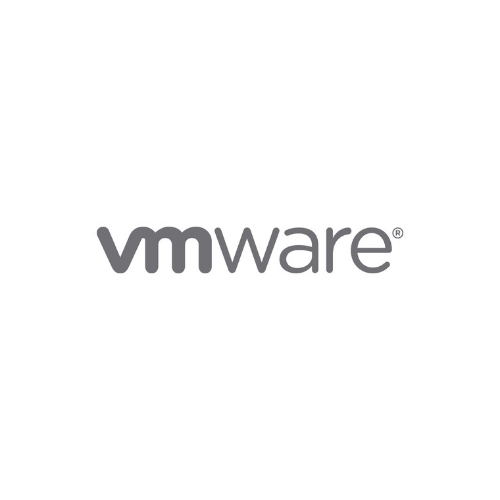
.png)
.png)